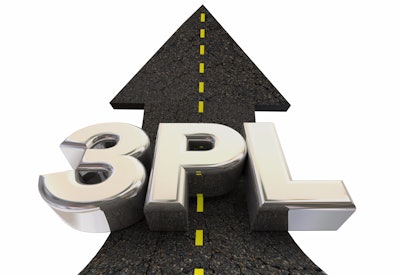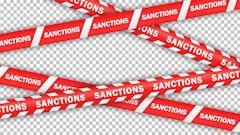
E-commerce brands don’t have the luxury of waiting for Washington to make up its mind. With Section 321 changes and tariff pressures mounting from all directions, merchants have been forced to pivot or risk getting priced out.
It’s easy to get caught up in the headlines, but here’s the reality: brands still need to move product, protect margins, and deliver for their customers. And they’re doing it in a global environment that’s shifting faster than most supply chains were designed to handle.
That’s where third-party logistics (3PL) providers come in, and why expectations for what a 3PL should deliver are evolving just as fast as the rules themselves.
De Minimis is dismantled
Let’s take a step back and get to the root of what’s going on. For years, merchants relied on Section 321 to move low-value shipments into the U.S. duty-free, helping them control landed costs and streamline cross-border fulfillment. But that lever is now limited.
As of May, de minimis treatment no longer applies to imports from China and Hong Kong. The result: products under $800 in value are now subject to new duties. For brands built around fast, low-cost imports, this isn't a small policy tweak; it’s a business model reset.
This move didn’t come out of nowhere. Lawmakers have long scrutinized the loophole’s impact on domestic producers, particularly with fast fashion and high-volume direct importers. But now that the rollback is real, brands are being forced to rework cost structures, rethink sourcing, and reassess how and where they fulfill.
What merchants are doing right now
There are three clear moves being made by merchants in this new environment:
1. Bonded warehousing to manage cash flow. Merchants are turning to bonded facilities to defer duty payments until inventory is cleared and sold. This helps reduce risk on slower-moving or seasonal goods, and creates optionality: brands can import in bulk, but release inventory incrementally.
2. Smarter inventory placement. Merchants are rethinking where they hold inventory. That includes adopting multi-node fulfillment networks to reduce delivery times and tariff exposure, staging inventory near key markets, and optimizing SKU distribution based on value and cost.
3. Reassessing sourcing and fulfillment. Supply chain diversification is now a survival tactic. Merchants are sourcing from new countries, modeling different cost structures, and building in geographic flexibility to avoid being overexposed to any one policy shift or customs bottleneck.
How these strategies play out in the field
These aren’t abstract concepts. They’re changes seen on the ground in real time.
After Mexico issued a decree last December tightening rules on temporary imports, many merchants had the foresight to begin thinking about restructuring their fulfillment models, moving away from Mexico-based operations and into more compliant models. That created the need for new solutions, fast.
To help, U.S. bonded warehousing fast-tracked approvals by bringing in expert consultants who understood regional customs differences. Some 3PLs launched bonded operations ahead of peak inventory season. This gave merchants more control over duty timing without slowing down fulfillment.
Some brands used bonded storage not just as a workaround, but as a way to delay product launches strategically. Rather than risking duties on SKUs that might not convert right away, they staged inventory until market conditions were more favorable.
The market also seen pricing responses. Some brands have introduced tariff surcharges on their direct-to-consumer sites that can be turned on or off in response to market fluctuations. Others are reclassifying SKUs or adjusting customs declarations to avoid unnecessary fees…tactics that require precision but pay off when done correctly.
Across the board, there’s a shift in mindset: from reacting to policy changes to preparing for them.
What this means for 3PLs
Retailers aren’t just looking for a vendor. They need a partner that understands the stakes and can help them navigate uncertainty, ideally with infrastructure already in place.
That includes bonded and FTZ capabilities, real-time landed cost modeling, and fulfillment operations that can flex across regions. It’s also about having a pulse on policy changes and a playbook ready for what comes next.
The reality is, no one knows what tariff or de minimis rule might change next. But we do know the old playbook – single-node fulfillment, just-in-time imports, rigid operations – won’t cut it.
The new playbook is about optionality. Optionality in sourcing. Optionality in routing. Optionality in how and when you clear inventory through customs. It’s about building in resilience ahead of disruption, not scrambling to recover after the fact. 3PLs that can deliver that kind of agility aren’t just helping brands survive. They’re helping them win.















![Pros To Know 2026 [color]](https://img.sdcexec.com/mindful/acbm/workspaces/default/uploads/2025/08/prostoknow-2026-color.mduFvhpgMk.png?ar=16%3A9&auto=format%2Ccompress&bg=fff&fill-color=fff&fit=fill&h=135&q=70&w=240)



